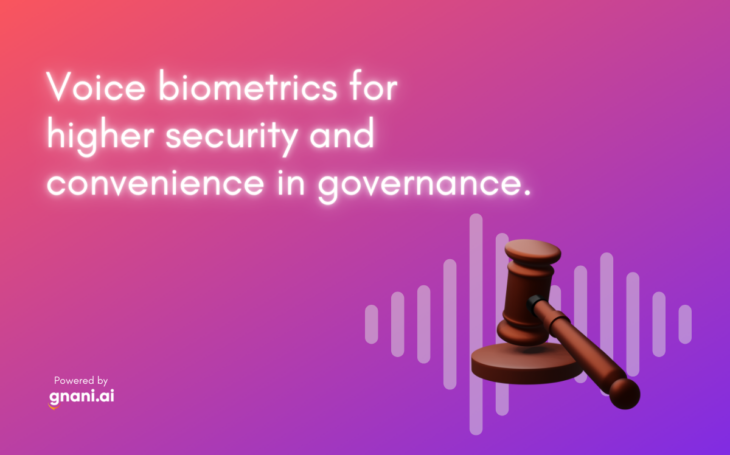
In our increasingly digitized world, more and more aspects of our lives are being handled through electronic means. This offers a number of advantages, including efficiency, accuracy, and security. However, with so much of our lives now taking place online, the risk of cybercrime has also increased. In order to combat this threat, many institutions are turning to voice biometrics for added security.
Voice biometrics is a technology that uses the unique features of a person’s voice to identify them. This can be done in a number of ways, including measuring the pitch, timbre, and rhythm of a person’s voice, as well as their speaking style and vocabulary. By analyzing these features, voice biometrics can create a unique identifier for each individual. This identifier can then be used to verify the identity of the speaker when they call into a system or make an online transaction.
One of the main benefits of voice biometrics is that it is incredibly secure. Since each person’s voice is unique, it is almost impossible to replicate someone’s voice and gain access to their account. In addition, because voice biometrics relies on sound rather than images or passwords, it is much harder for criminals to hack into systems using this technology.
Another advantage of voice biometrics is that it is convenient and easy to use. People are already familiar with speaking on the phone, so there is no need for them to learn any new techniques or procedures. In addition, because voice biometrics operates through caller ID recognition, there is no need for users to remember any passwords or PINs. This makes it simpler for people to access their accounts and complete transactions.
Despite its many benefits, voice biometrics has not yet been widely adopted by institutions around the world. One reason for this may be that many people are still unfamiliar with technology. In order for voice biometrics to become more widely used, it will be important for businesses and governments to educate people about its advantages and how it can be used to improve security.
5 examples of Voice Biometrics in Governance:
Let us look at a few examples of how Voice biometrics have helped governments protect themselves from attacks:
- In 2017, the Indian government started using voice biometrics to verify the identities of people calling in to access government services. This was done in order to combat fraud and improve security.
- In 2018, the UK’s National Health Service (NHS) began using voice biometrics to verify the identities of patients calling in to make appointments. This was done in order to reduce the number of missed appointments and improve customer service.
- In 2019, the US Department of Homeland Security started using voice biometrics to verify the identities of people calling in about immigration matters. This was done in order to improve security and prevent fraud.
- In 2020, the Australian government started using voice biometrics to verify the identities of people calling in about tax matters. This was done in order to improve customer service and reduce the risk of fraud.
- Voice biometrics is also being used by a number of banks and financial institutions around the world to verify the identities of their customers. This is being done in order to combat fraud and improve security.
As the world becomes more digitized, the need for secure authentication methods will only continue to grow. Voice biometrics is a promising solution that offers a high level of security with little inconvenience to users. In order for this technology to reach its full potential, however, it is important for people to understand how it works and why it is an important tool for protecting their online identities.




